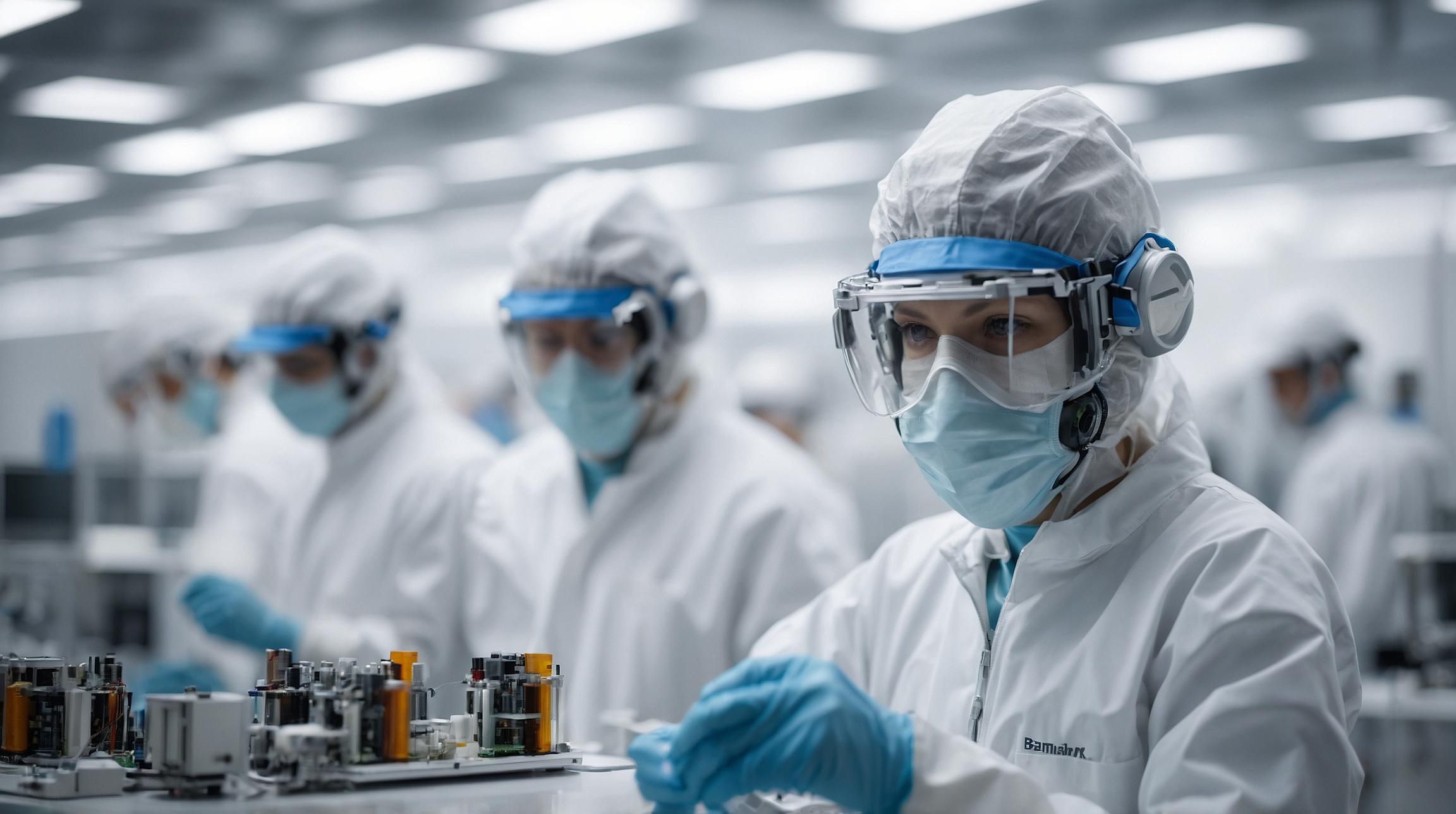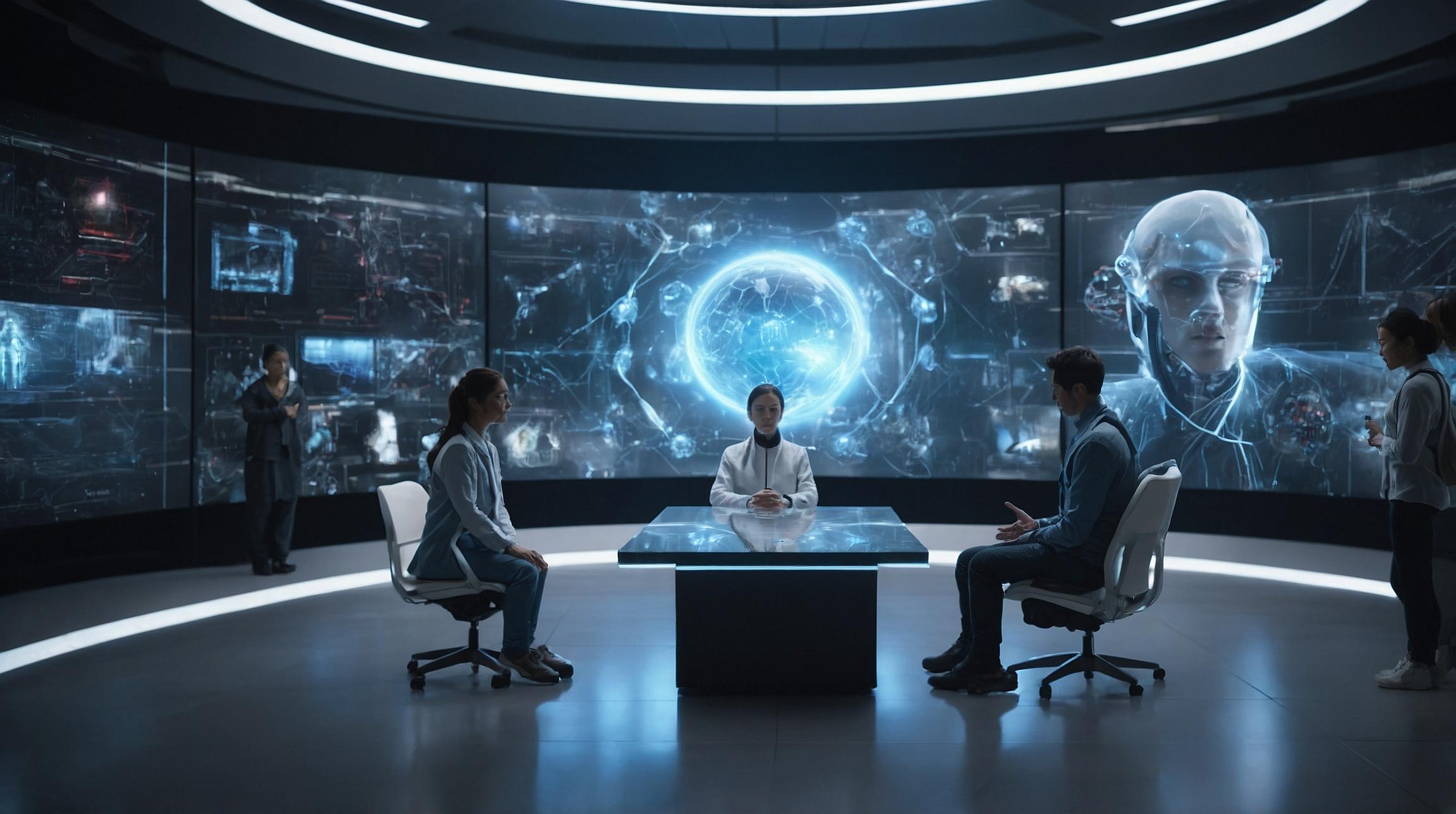The Impending Disruption of Generative AI: Leveraging the Future of Work
No one questions the tremendous impact generative artificial intelligence (gen AI) platforms and tools will have on the future of work. The impending disruption is obvious even before the effects materialize. The question IT and business leaders must ask is, How do we leverage this sea change rather than drown in it?
CEOs’ Concerns: Preparing for AI and ML Innovation in the C-Suite
Half of CEOs say their organization is at least somewhat unprepared for AI and machine learning (ML) adoption, according to Workday’s C-Suite Global AI Indicator Report. (Just 6% say they are fully prepared.) One in every four CEOs worries that their C-suite leaders will not have the technical skills to keep pace with AI and ML innovation.
While these data points may be cause for concern, decision-makers are generally optimistic about their organization’s ability to adapt. Over half (55%) of CEOs say they welcome the adoption of AI and ML in their organization, and 53% believe AI will significantly amplify human potential.
Augmented Decision Making: How AI is Changing the Role of C-Suite Executives
Pressures are building on C-suite executives to change how they work and lead. Nearly a third (29%) of CEOs are dissatisfied with their organization’s speed of innovation, capabilities in risk management, and talent acquisition and retention rates.
Tackling these issues with greater pace requires functional leaders to move beyond business-as-usual routines. Business leaders will have to augment their own decision-making with AI to match and best the speed of change. It’s the proverbial case of fighting fire with fire. Nearly half (46%) of finance leaders in the Workday study say they are excited to use AI and ML in their function, followed by 45% of IT leaders and 39% of HR executives.
Shattering the Status Quo: Adapting to the Impact of AI and ML on the Workforce
Nearly half (45%) of respondents to the Workday study say AI and ML will benefit workers by augmenting workloads and creating new careers. But 43% warn that AI will cause some level of unemployment, and 12% think that the technologies will replace human workers completely. In any scenario, the status quo is shattering.
CFOs, CHROs, and CIOs must be quick to adapt familiar thinking and processes to support AI technologies and model outputs. Job roles and descriptions, business processes, workloads and workflows, business models, and more will remain subject to change with little notice. The Workday study found that 2 in 5 CEOs believe the ability to work closely with new technologies will be the most important skill as AI and ML become more integrated into business functions.
Strategic Self-Disruption: Leading the AI Curve for Business Success
Self-disruption means deliberately upsetting your business with innovations despite the profitability of the current business model and processes. A focus on self-disruption will help business leaders get ahead of the AI curve. The important thing to remember is that AI is a tool and only as accurate as the data it uses, along with the skills of the people who are using it. The key to thriving in the age of AI is continuous self-disruption, to help your organization lead rather than follow the competition.
AI’s potential will be realized as it helps people maximize their potential. “This will allow you to speed up and respond more quickly to challenges,” says Chakraborty. “It creates a more agile person, a more agile team, and a more agile organization.”
Learn how Workday’s finance and HR platform, with AI embedded at the core, can help your organization redefine how work works.
Analyst comment
Positive: The news highlights the potential benefits of generative AI and the optimism of decision-makers in adapting to its adoption. It also emphasizes the importance of augmented decision-making and the need for leaders to adapt their thinking and processes to support AI technologies.
As an analyst, I predict that the market for AI and ML technologies will continue to grow as organizations recognize their potential and seek to leverage them for business success. However, there will be a challenge in addressing concerns about preparedness and skills gaps among business leaders and the potential impact on the workforce. Organizations that prioritize continuous self-disruption and agile thinking will be better positioned to lead in the era of AI.













